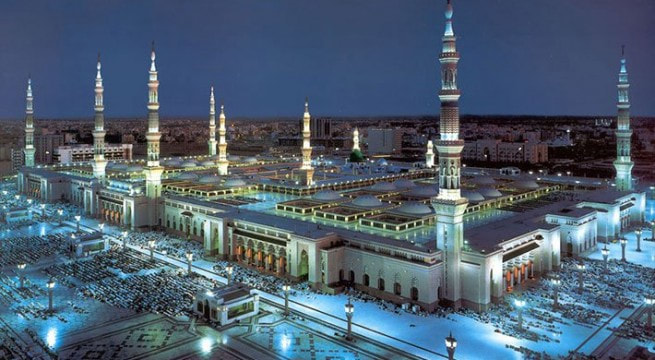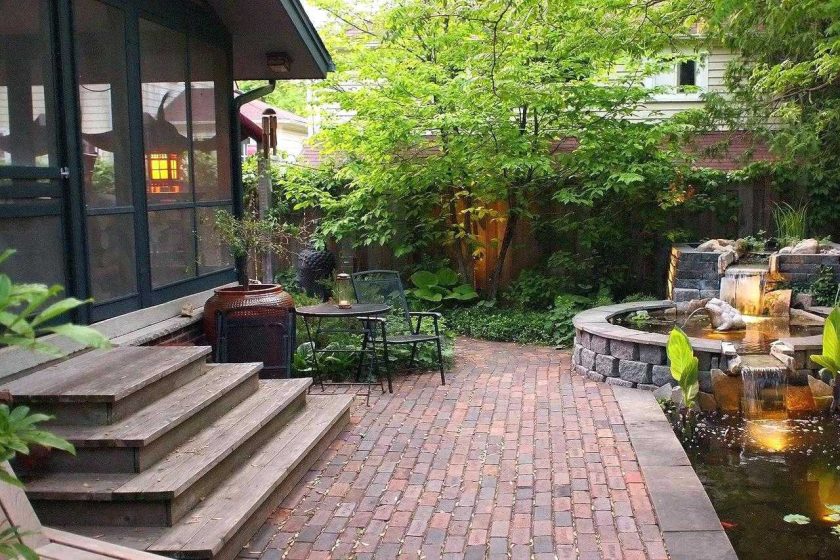Price of Elevators for Multi-Story Buildings: Guide, Types, and Cost Determining Factors
Elevators in multi-story buildings are essential components in modern buildings, especially for office buildings, hotels, and apartments. Besides enhancing comfort and accessibility, elevators also play an important role in safety and efficiency in multi-story buildings. This article will discuss the price of elevators for multi-story buildings, the types of elevators available, and the factors influencing the installation costs.
- Types of Elevators for Multi-Story Buildings Before determining the price, it is important to understand the types of elevators commonly used in multi-story buildings. Here are some popular types:
- Passenger Elevator
Designed specifically to transport people, passenger elevators vary in capacity, from small models for 4–6 people to larger ones for dozens of passengers. - Freight Elevator
Used to transport goods or equipment in large quantities, these elevators have a higher load capacity than passenger elevators and are often found in office or industrial buildings. - Capsule Elevator (Panoramic Elevator)
Typically located in modern buildings, capsule elevators have a glass design allowing passengers to view the surroundings outside. They are commonly used in hotels, shopping centers, or luxurious office buildings. - Hospital Elevator
Designed for transporting patients in a reclining position on beds or wheelchairs, hospital elevators often have more spacious cabins and easy access for medical equipment. - Service Elevator
Used for purposes such as staff or building necessities transport, these elevators usually operate in specific building areas with limited access.
- Passenger Elevator
- Factors Influencing the Price of Elevators for Multi-Story Buildings The price of elevators in multi-story buildings can vary depending on several factors:
- Type and Capacity of the Elevator
Large-capacity or specially specified elevators, such as freight or hospital elevators, generally have a higher price than standard passenger elevators. - Number of Floors
The number of floors served by the elevator affects installation costs. More floors mean a higher price due to the need for rails, cables, and a more complex control system. - Elevator Speed
High-speed elevators are usually more expensive. High-rise buildings, especially skyscrapers, require high-speed elevators for time savings and operational efficiency. - Design and Aesthetics
Elevators designed with special interior or exterior features, such as transparent capsule elevators, can increase the price due to specific materials and designs required. - Technology and Additional Features
Some modern elevators are equipped with advanced features such as anti-earthquake systems, temperature control, or advanced security systems, which can impact the final price. - Brand and Manufacturer
Renowned brands such as Otis, KONE, Mitsubishi, or Schindler typically have higher prices due to their quality and after-sales services.
- Type and Capacity of the Elevator
- Price Range of Elevators for Multi-Story Buildings In general, the price of elevators for multi-story buildings ranges from hundreds of millions to billions of rupiah, depending on the factors above. Here is a general price range for reference:
- Standard Passenger Elevator
The price for a standard passenger elevator for a 5-10 story building typically ranges from Rp500 million to Rp1 billion. For taller buildings, prices can reach Rp2 billion or more. - Freight Elevator
Freight elevators are generally more expensive than passenger elevators due to their large capacity. Prices range from Rp1 billion to Rp3 billion, depending on size and load capacity. - Capsule Elevator (Panoramic Elevator)
Capsule elevators with special designs and glass materials usually start at Rp1.5 billion to Rp5 billion, depending on size and number of floors. - Hospital Elevator
Elevators designed for hospitals have a price range of Rp1 billion to Rp4 billion, depending on capacity and accessibility features. - Service Elevator
Service elevators used for internal needs are typically more affordable, with prices ranging from Rp400 million to Rp1 billion.
- Standard Passenger Elevator
- Tips for Saving on Elevator Costs for Multi-Story Buildings Here are some tips to help save on elevator installation costs:
- Survey Vendors
Compare prices and quality from several elevator vendors or manufacturers to get the best offer. - Adjust Capacity to Needs
Choose an elevator capacity that suits the number of building occupants or activity levels, to avoid additional costs for unneeded capacity. - Consider Regular Maintenance
Elevators require routine maintenance to remain safe and durable. Investing in regular maintenance can help avoid larger repair costs in the future. - Use Only Necessary Features
Select elevator features that meet the building’s needs. Avoid additional features that may not be necessary to keep costs manageable.
- Survey Vendors
Conclusion
The price of elevators for multi-story buildings varies significantly and is influenced by various factors, from elevator type, capacity, and number of floors to additional features. Choosing the right elevator involves considering not only initial installation costs but also long-term maintenance costs. Investing in a quality elevator suited to the building’s needs is essential for ensuring efficiency, safety, and comfort for all building occupants or users





